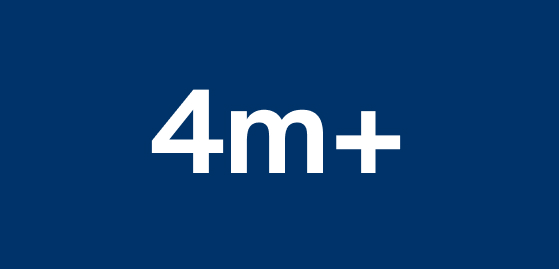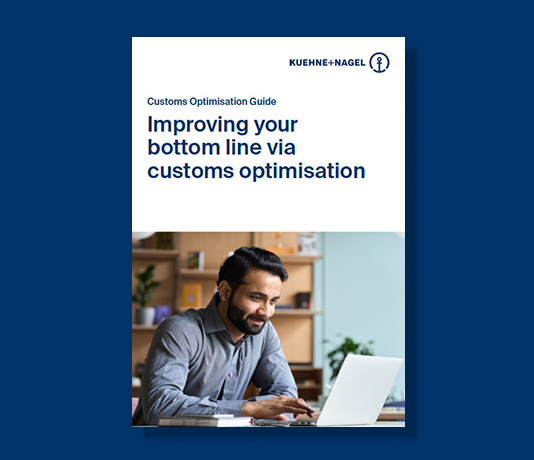Kuehne+Nagel’s Single Window solution tackles these stumbling blocks head-on. Our digital platform is your one-stop customs management solution. Its connectivity to local country customs systems in Europe provides you with visibility on customs statuses and expenditures. Consolidating all your data in one place provides the foundation for business intelligence enabling optimisation of trading expenditures, while mitigating regulatory risks.
Single Window features at a glance
Our digital customs solution offers you a range of core features for intelligent customs optimisation.
- Central order management and coordination
- Improved quality and compliance from systematic validation points
- Ability to receive customs requests electronically
- Full visibility and control throughout the clearance process
- Central billing, reporting, archiving and financial controlling post-clearance
Single Window was designed by our customs and digital transformation experts. Built on more than 130 years of experience in logistics and customs, our solution addresses the key customs challenges businesses face today.
The benefits of Single Window

 Dialed-back administrative efforts
Dialed-back administrative efforts
Ineffective administrative setups can seriously hamper efficient customs optimisation. Our digital customs solution reduces your operational customs headcount, enabling you to shift the focus of your customs experts onto more strategic tasks. Having all customs flow managed holistically—regardless of where filing takes place—gives you transparency, reduces costs, and saves precious time.

 Prioritise compliance
Prioritise compliance
Working with multiple local procedures can put you at risk of unwanted compliance risks due to lack of standardisation. Not only is this costly and disruptive to your supply chain, but it can also harm your business’ reputation. Instead, collaborating with a strategic customs broker who manages the customs clearance process from start to finish, harmonises operations, ensuring consistency and offsetting compliance risks effectively.

 Accelerate customs clearance
Accelerate customs clearance
Manual customs clearance processes are notoriously inefficient, consuming valuable time, money, and effort. With a digital-first approach, we can immediately process customer orders via EDI and API, validating them prior to submission to customs. Removing human error from the mix results in expedited clearance times and an increase in the quality of declarations.

 Be prepared for audits
Be prepared for audits
Country customs authorities conduct regular customs audits to check compliance with local trade laws and regulations. As a company, you must be able to fully cooperate and present accurate documents. Unprepared companies risk severe penalties. Single Window digitally archives all relevant customs commercial documentation in one place for up to ten years. Having everything at your fingertips fulfils your legislative obligation, reduces administration and avoids penalties.

 Avoid unwanted costs
Avoid unwanted costs
Did you know that customs typically comprise a far larger share of landed costs than transportation itself? Poor visibility on paid duty and taxes can lead to overspending. Working with a customs broker who provides structured and consolidated data on cross-country trade expenses in one place, coupled with a clear view on paid duty and taxes, can unlock cost optimisation potential. Our digital customs solution gives you that perspective, helping you decrease landed costs and improve profitability.
Experts at handling big numbers
Kuehne+Nagel has long-term experience in international trade and customs. In so doing, we are able to respond rapidly to changing market and regulatory conditions. Our global network includes former customs officials, industry professionals, certified customs brokers and specialists. Find out how you can benefit from our extensive range of expertise, coverage and simplified solutions.
Being recognised as an Authorised Economic Operator (AEO) trade partner by numerous authorities, we help businesses navigate trade efficiently.
Improving your bottom line via customs optimisation
Customs typically comprise of a far larger share of landed costs than transportation itself, yet companies are often preoccupied with the latter.











